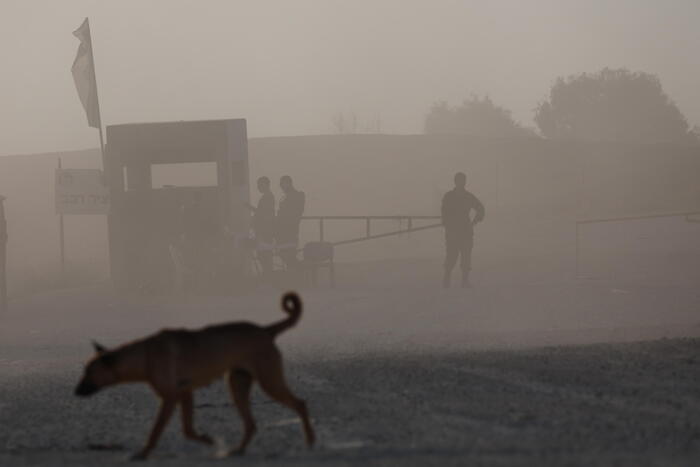Ancient Egypt never ceases to fascinate.
A team of international researchers from the Louis-et-Maximilien University of Munich and that of Tubingue, in Germany, has just lifted the veil a little more, in a study published on Wednesday February 1 in the journal Nature, on the mysterious rite embalming.
It all starts with an embalming workshop discovered in 2016 during an excavation in the Saqqara necropolis.
“At 13 m depth, we found this piece of the twenty-sixth dynasty of Egypt.
It included a pipe system for ventilation, a container for burning incense… It had to be sterilized”, explains Maxime Rageot, first author of the study.
In this embalming workshop, there was a “treasure”: 120 pieces of pottery labeled according to their content and use.
Animal fats, heated beeswax…
Thirty-one bowls and beakers served as the study base.
Most of them no longer had any substance visible to the naked eye, so the researchers had to abrade the ceramic to recover the trapped material.
The result is final.
The bowl labeled "to wash" contained conifer tar oils, the bowl labeled "to make it smell nice" had traces of animal fat and tree resin.
The treatment of the skin was entrusted to a mixture of animal fats with heated beeswax.
To protect the liver, a mixture of juniper and cypress oil or tar, and to preserve the stomach, heated beeswax.
“Most of these mixtures were used to prepare the strips, the head, the body or the organs.
In some cases, the Egyptians prepared the body by "making its smell pleasant" before embalming it, explains the researcher.
“A product that can only be found in Indonesia, the Philippines and Sri Lanka!
»
Great novelty of this study, beyond these "recipes", the geographical origin of the foodstuffs.
“We had already noticed that certain substances were available locally, such as castor oil or beeswax.
Pistacia resin, juniper or cypress were found around the Mediterranean,” continues Maxime Rageot.
But the Egyptians did not stop there and turned to Asia to find new essences.
“Dammar resin is a product found only in Indonesia, the Philippines and Sri Lanka!
For elemi, we have to specify the exact origin, but this resin can come from Southeast Asia or subtropical equatorial Africa.
We therefore do not know if this raw material was transported by land or by sea, if there was a road similar to that of the silk but towards Egypt.
»







/cloudfront-eu-central-1.images.arcpublishing.com/prisa/6CHDRQ5XQBCYJNCQNWVWDVWB74.jpg)
